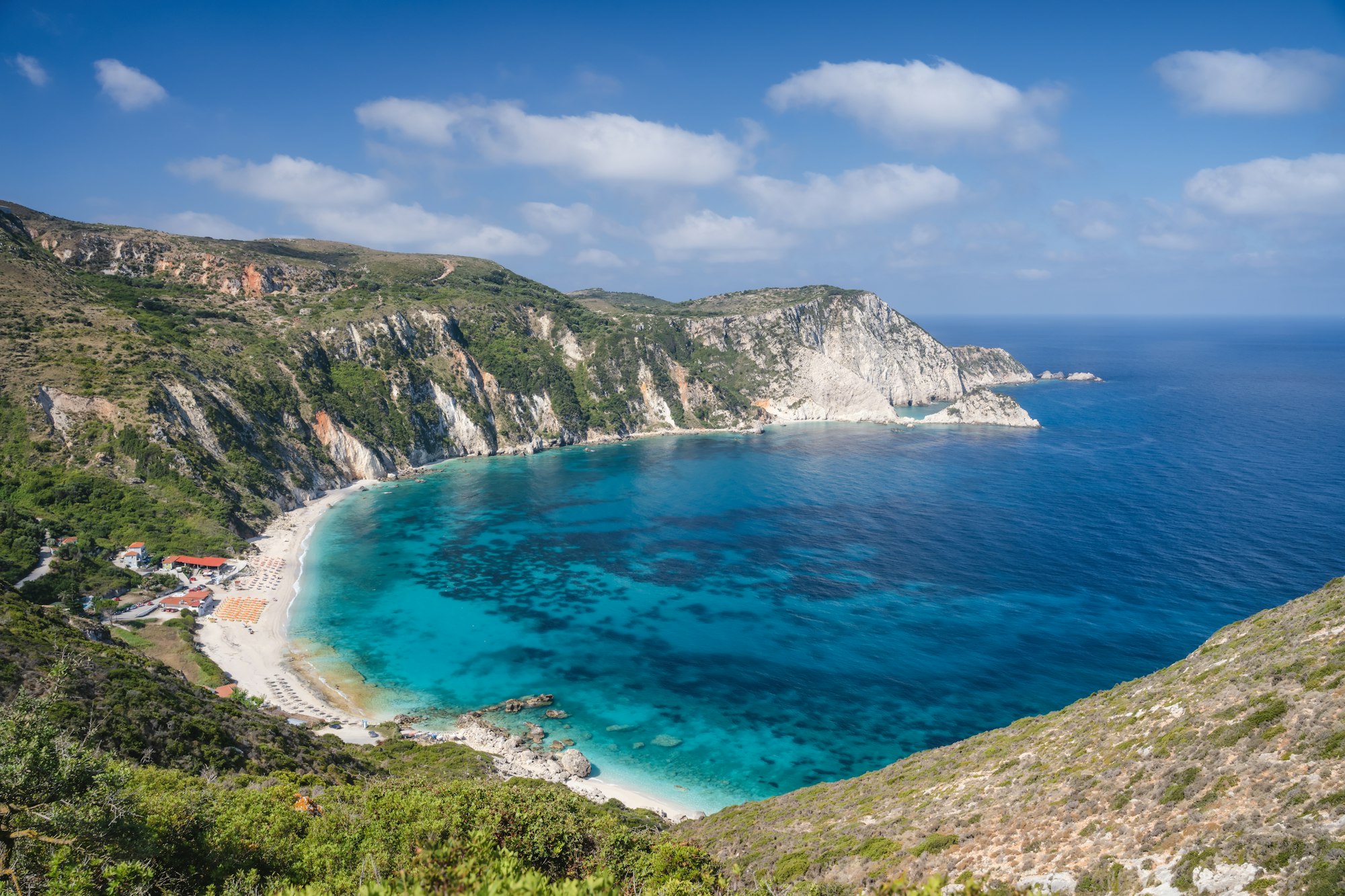Tajikistan, a land of dramatic landscapes and rich cultural heritage, offers travelers an unparalleled adventure. Planning your visit to Tajikistan requires an understanding of the optimal travel periods, the most captivating places to explore, and essential travel tips. This guide will provide an in-depth look into the best time to visit Tajikistan in 2024, ensuring you make the most of your trip.
TLDR;
ToggleBest Time to Visit Tajikistan
The best time to visit Tajikistan largely depends on your travel interests. However, the most favorable period is between June and September, known as the summer or high season. During these months, the weather is warm, and there’s minimal precipitation, making it ideal for trekking, exploring the Pamir Highway, and other outdoor activities. For those interested in urban exploration, April and May also offer pleasant weather without the intense heat of summer.
June to September (Summer/High Season):
Temperature: 33-37°C in Dushanbe
Rainfall: 0-5 mm
Highlights: Ideal for mountain climbing, trekking the Pamir Highway, and visiting Iskander-Kul Lake.
March to May (Spring/Good Season):
Temperature: 19-30°C in Dushanbe
Rainfall: 16-47 mm
Highlights: Best for city exploration in Dushanbe and Khorog, with opportunities to visit museums and experience local culture without the summer heat.
October to February (Winter/Low Season):
Temperature: 10-23°C in Dushanbe
Rainfall: 3-36 mm
Highlights: Suitable for experienced adventurers seeking to explore the winter landscapes and participate in festivals like the Falak Festival in October.
50 Places to Visit in Tajikistan
views.
Iskander-Kul Lake: A stunning glacial lake named after Alexander the Great.
Fann Mountains: Popular for trekking and home to numerous alpine lakes.
Dushanbe: The capital city, rich in Soviet-era architecture and modern amenities.
Khorog: A gateway to the Pamir Mountains and a hub for cultural festivals.
Hissar Fortress: An ancient fort located near Dushanbe.
Penjikent: Known for its archaeological sites and the ruins of an ancient Sogdian city.
Yagnob Valley: A remote valley preserving the Yaghnobi culture and language.
Seven Lakes: A series of stunning lakes located in the Fann Mountains.
Murghab: The highest town in Tajikistan, ideal for high-altitude adventures.
Wakhan Valley: Offers spectacular views and ancient fortresses.
Norak Dam: One of the highest dams in the world, located on the Vakhsh River.
Kulikalon Lakes: A group of lakes in the Fann Mountains.
Sarez Lake: A natural dam lake formed by an earthquake.
Bartang Valley: A remote valley known for its rugged beauty.
Chiluchor Chashma: A complex of 44 springs with healing properties.
Qurghonteppa: A city known for its parks and museums.
Shirkent National Park: Famous for its dinosaur footprints.
Yamchun Fortress: An ancient fortress in the Wakhan Valley.
Langar: A village known for its petroglyphs.
Garm Chashma: A hot spring with medicinal properties.
Jizeu Valley: A picturesque valley in the Pamirs.
Khujand: One of the oldest cities in Central Asia, located on the Syr Darya River.
Lake Karakul: A large lake in the eastern Pamirs.
Alay Valley: Known for its dramatic landscapes and nomadic culture.
Alichur: A village in the Pamirs with beautiful landscapes.
Bulunkul: The coldest place in Central Asia, famous for its serene lake.
Obi-Garm: A resort with hot springs and spas.
Samarqand: A historical city on the Silk Road.
Dushanbe Botanical Garden: Home to a vast collection of plants.
Khorog Botanical Garden: One of the highest botanical gardens in the world.
Darvaz: A district known for its stunning landscapes.
Rasht Valley: Rich in history and natural beauty.
Sarazm: A UNESCO World Heritage site with ancient ruins.
Lake Bulunkul: Known for its beautiful reflections and cold temperatures.
Faizabad: A city with historical significance.
Vanj Valley: Offers beautiful scenery and traditional villages.
Zorkul Nature Reserve: A protected area with diverse wildlife.
Kara-Kul: A crater lake in the Pamir Mountains.
Shurab Coal Mine: An abandoned coal mine with a ghost town atmosphere.
Sarykhosor: A village known for its hospitality.
Gharmi: A town in central Tajikistan with lush landscapes.
Tajik National Museum: Located in Dushanbe, showcasing the country’s history.
Khulbuk: An ancient fortress near the town of Vose.
Kolkhozobod: Known for its traditional markets.
Dashtijum Nature Reserve: A protected area with unique flora and fauna.
Lakhsh: A village with traditional Pamiri houses.
Tajikistan State Academic Opera and Ballet Theatre: Located in Dushanbe.
Sayod: A village famous for its handmade crafts.
Rushan: A district known for its stunning gorges and rivers.
Essential Travel Tips
Visa and Permits: Ensure you have the necessary visas and permits, especially if visiting the Gorno-Badakhshan Autonomous Region (GBAO).
Health and Safety: Be prepared for high altitudes and carry necessary medications. It’s also recommended to get vaccinations for Hepatitis A, B, and other travel-related diseases.
Local Customs: Respect local customs and traditions. Learning a few phrases in Tajik or Russian can be very helpful.
Travel Insurance: Given the remote areas and adventure activities, having comprehensive travel insurance is highly recommended.
Tajikistan offers a wealth of experiences for the adventurous traveler. By visiting during the optimal times and exploring its diverse attractions, you can enjoy everything this unique country has to offer in 2024.
For more detailed information and planning resources, you can visit:
Journal of Nomads
Adventures of Lil Nicki
Time Travella
Bookmundi
Minzifa Travel




